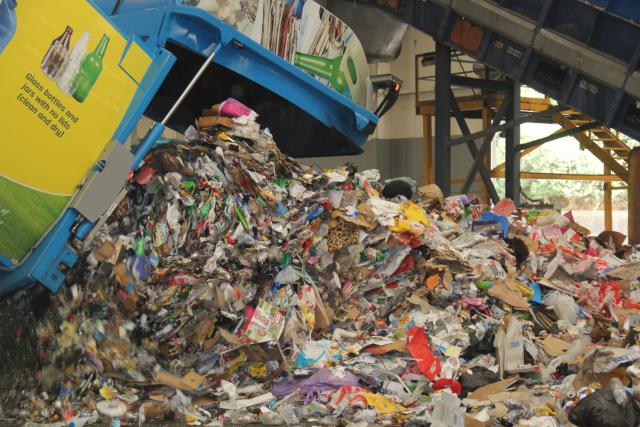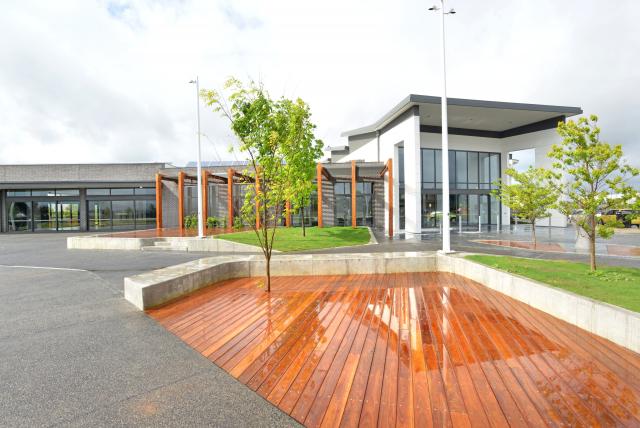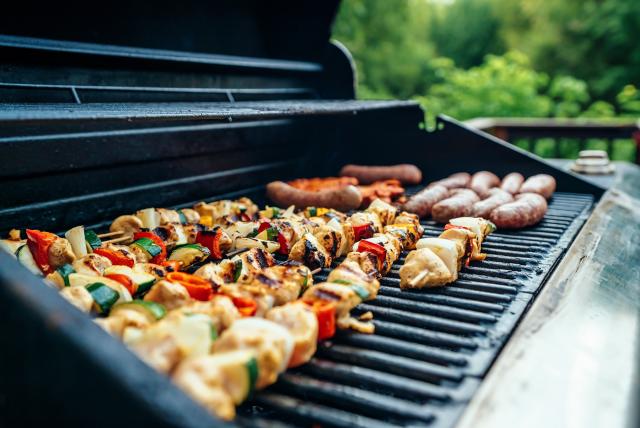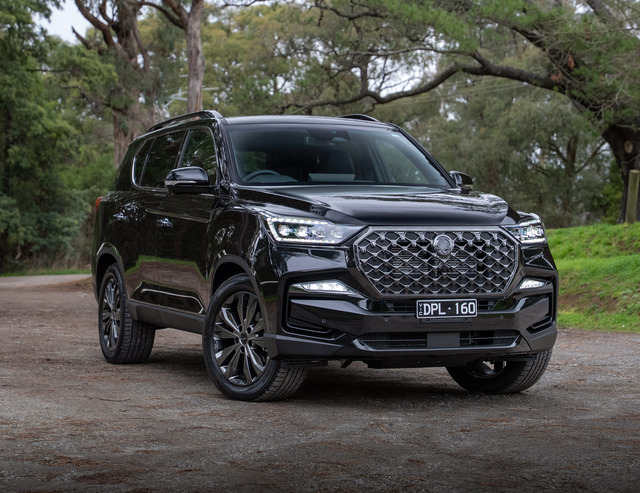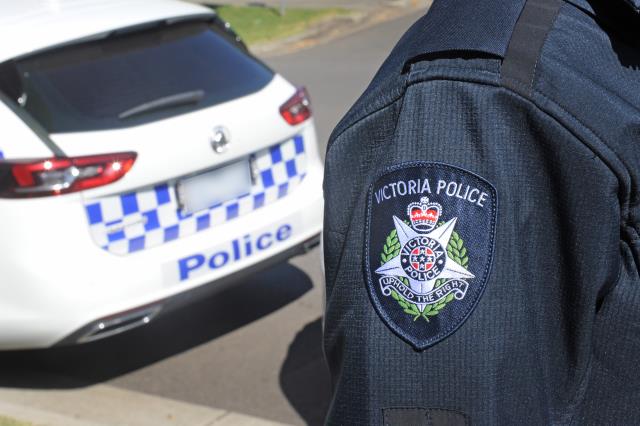Undertaking many initiatives at both a corporate and community level, the City of Casey aims to reduce the impact on the environment and to leave a healthy planet for many generations to come.
“The City of Casey is committed to environmentally sustainable practices and building a climate resilient community where future generations can continue to thrive, alongside our vital natural assets,” says Michael Jansen, Council’s manager of sustainability and waste.
Community feedback from Council’s 2021 ‘Shape Your City’ engagement campaign highlighted that a
safe and sustainable future is a high priority for Casey residents, while the Environment Strategy 2021-25 sets out how Council plans to foster environmentally sustainable practices and work towards being a climate resilient community and organisation.
Setting ambitious objectives to ‘become a climate resilient city through mitigation and adaptation and contribute to a circular economy through waste management and resource recovery,’ the strategy aims to address several emerging challenges such as climate change, waste and water management, legislative requirements, regional partnerships and resourcing, and Casey’s rapidly growing population.
Adopted in April 2019, Council’s Environmentally Sustainable Design (ESD) buildings policy also aims to manage the social, environmental and financial aspects of all Council buildings. The policy facilitates a coordinated approach to building management and provides a clear commitment to achieve sustainability standards. Council also reduced its vehicle emissions by 25 percent between 2011 and 2019, and now uses 11 fully electric vehicles and 17 hybrid vehicles as part of its fleet.
Casey residents also have a big part to play in reducing their environmental footprint and ensuring a sustainable future for the community.
Between 2020 and 2021, 65,759 tonnes of rubbish were sent to landfill from kerbside collections in Casey. Unfortunately, audits confirm that over 40 percent of recycling bin content is contaminated
material that must be sent to landfill as rubbish.
Incorrect items placed in recycling bins currently costs approximately $180,000 per year for Council to process, and has environmental impacts with wasted resources. All Casey residents are encouraged to double check what can and can’t go in their recycling bins via Council’s website.
To help reduce the amount of waste going to landfill further, residents are encouraged to place food waste in the food and garden waste bin. Audits found that approximately 40 percent of weekly garbage bins is food waste, all of which is sent to landfill. By placing food waste in the food and garden waste bins, residents are sending less waste to landfill and helping us create nutrient rich compost, which is then distributed to farms all around Victoria.
All these initiatives are working towards Council’s target to become carbon neutral by 2040 and a net zero emission city by 2050.
For more information visit www.casey.vic.gov.au or follow Council on Facebook, Instagram, LinkedIn, Twitter and YouTube.

